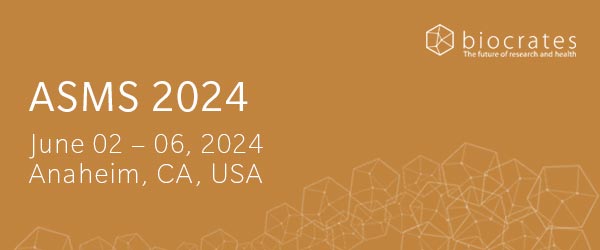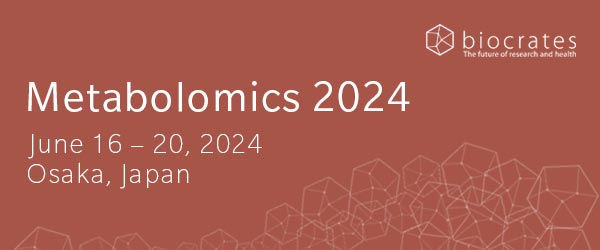Prenatal exposure to perfluoralkyl substances associated with increased susceptibility to liver injury in children
Prenatal exposure to harmful substances is widely accepted as a health risk later in life. Prospective cohort studies starting during pregnancy are a powerful tool to identify risk factors and to develop prevention strategies for diseases.
In a study under the Human Early Life Exposome (HELIX) project, Dr. Nikos Stratakis and colleagues analyzed the effect of prenatal PFAS exposure (exposure to perfluoralkyl substances) on the prevalence of liver injuries in childhood. PFAS are very stable and ubiquitous chemicals used in the industrial production of a wide variety of consumer goods, which considerably accumulate in the human liver and have been shown to exert hepatotoxic effects in animal models.
The study measured PFAS concentration in the maternal blood during pregnancy as well as liver enzyme levels and serum metabolites in the children during follow-up.
Higher PFAS exposure during pregnancy was associated with higher liver enzyme levels in serum, indicating an increased level of liver injuries in these children. Child serum metabolomics revealed perturbations in the amino acid and glycerophospholipid metabolism. A distinct metabolic profile for children at high risk of liver injury was identified. It was characterized by a high PFAS exposure in utero and included elevated levels of branched-chain amino acids, aromatic amino acids, and glycerophospholipids. Abnormal glycerophospholipid concentrations can induce hepatic lipotoxicity and inflammation. Notably, this is a hallmark of non-alcoholic fatty liver disease (NAFLD), which is increasingly diagnosed in children.
As part of the HELIX project, this study provides profound datasets on mother-child pairs from six countries, observing the effect of exposure to environmental PFAS mixtures during the critical time of fetal development. The increasing prevalence of liver injuries like NAFLD in children highlights the importance of the results for public health and prevention policy.
If you are interested in applying metabolomics in population-based studies, go ahead and watch our free virtual symposium with internationally renowned researchers presenting “The future of population health”.
Stratakis N, V Conti D, Jin R, Margetaki K, Valvi D, Siskos AP et al.: Prenatal Exposure to Perfluoroalkyl Substances Associated With Increased Susceptibility to Liver Injury in Children. (2020) Hepatology | https://doi.org/10.1002/hep.31483



